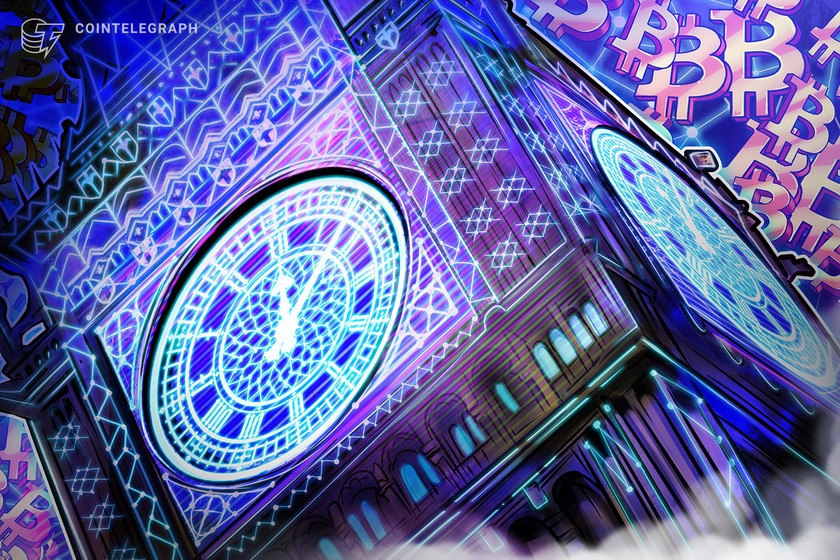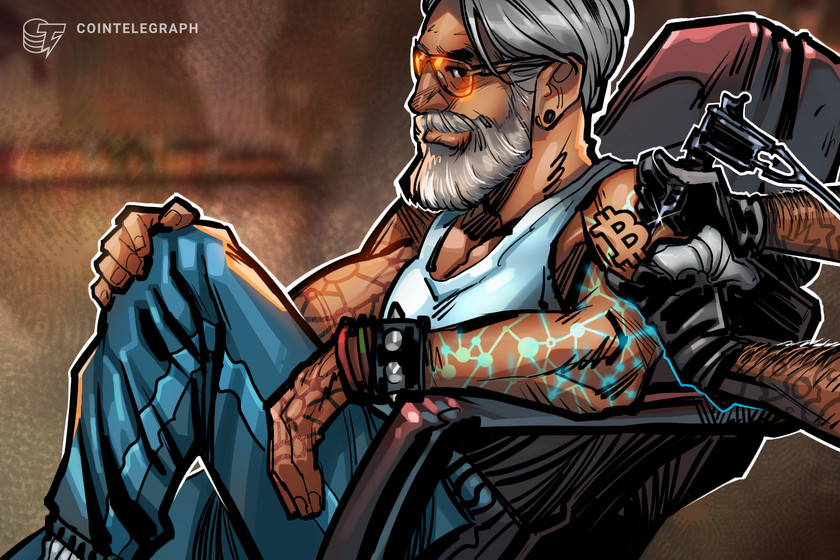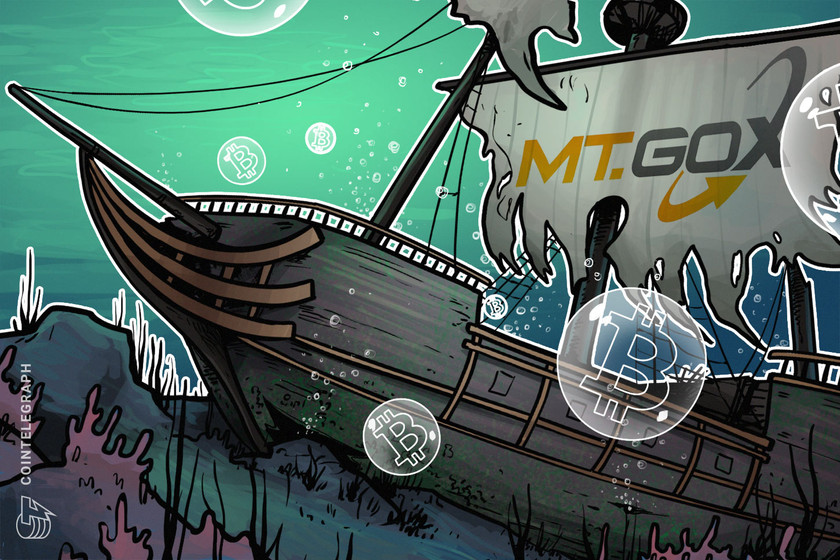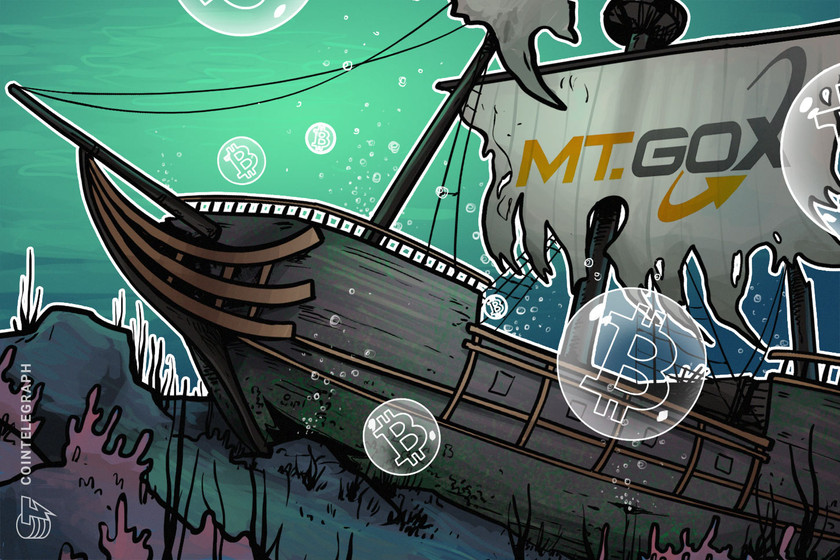Judge orders YouTuber ‘BitBoy Crypto’ to appear and address alleged harassment


Ben Armstrong was ordered to appear in a Florida court to address allegations he threatened and harassed lawyers behind a class-action lawsuit against him and other crypto influencers.
A federal magistrate judge has signed an order requiring BitBoy Crypto YouTuber Ben Armstrong to appear in Florida as part of a status conference related to a lawsuit involving several crypto influencers.
In an April 12 filing in the United States District Court for the Southern District of Florida, Judge Melissa Damian ordered Armstrong and his counsel to appear on April 20 along with the legal team representing the influencers. According to the order, the conference was aimed at bringing awareness of “Armstrong’s harassment towards plaintiffs’ counsel.”
Armstrong, along with several other YouTubers, were named in a $1-billion lawsuit filed on March 15 for allegedly promoting “FTX crypto fraud without disclosing compensation.” Adam Moskowitz, representing plaintiff Edwin Garrison and others in the class-action lawsuit, has claimed that Armstrong harassed the legal team with “endless phone calls, tweets and emails,” voicemails “full of vulgarities,” and social media posts suggesting threats.
An April 5 filing showing cause for a hearing with Armstrong detailed “daily violent threats” by the YouTuber in addition to responses to emails with threats and insults before being served with process papers. The legal team also reported in a March 20 filing that one of Armstrong’s voicemails included the YouTuber allegedly threatening to surround Moskowitz’s home with protesters “24/7 day and night.”
“The scope of the attacks (including death threats), which examples are provided in those filings and which continue on a daily basis since, necessitated Undersigned Counsel to open an FBI investigation into Armstrong, as well as the investigation files by local police authorities for Plaintiffs’ counsel and their families,” said Moskowitz.
Twitter posts from Armstrong claimed the original lawsuit regarding disclosure of compensation from FTX had “absolutely no merit.” The crypto influencer is no stranger to online controversy, regularly insulting high-profile figures, including European Central Bank president Christine Lagarde and being generally dismissive of the class-action lawsuit.
So let me get this straight… Adam Moskowitz frivolously attaches me falsely as a paid promoter of FTX, a site where people lot EVERYTHING… many lost life savings. Many on brink of suicide.
And this fragile pussy claims he is the one scared and at risk because I call him names.
— Ben Armstrong (@Bitboy_Crypto) April 6, 2023
Related: YouTube appoints Web3-friendly exec as new CEO
In August 2022, Armstrong filed a defamation suit against YouTuber Erling Mengshoel Jr. — also known as Atozy — in response to a video Mengshoel posted claiming that “This YouTuber scams his fans… Bitboy Crypto.” Armstrong dropped the lawsuit after Mengshoel raised more than $200,000 in a campaign for his defense in less than 24 hours.
Magazine: Get your money back: The weird world of crypto litigation

































